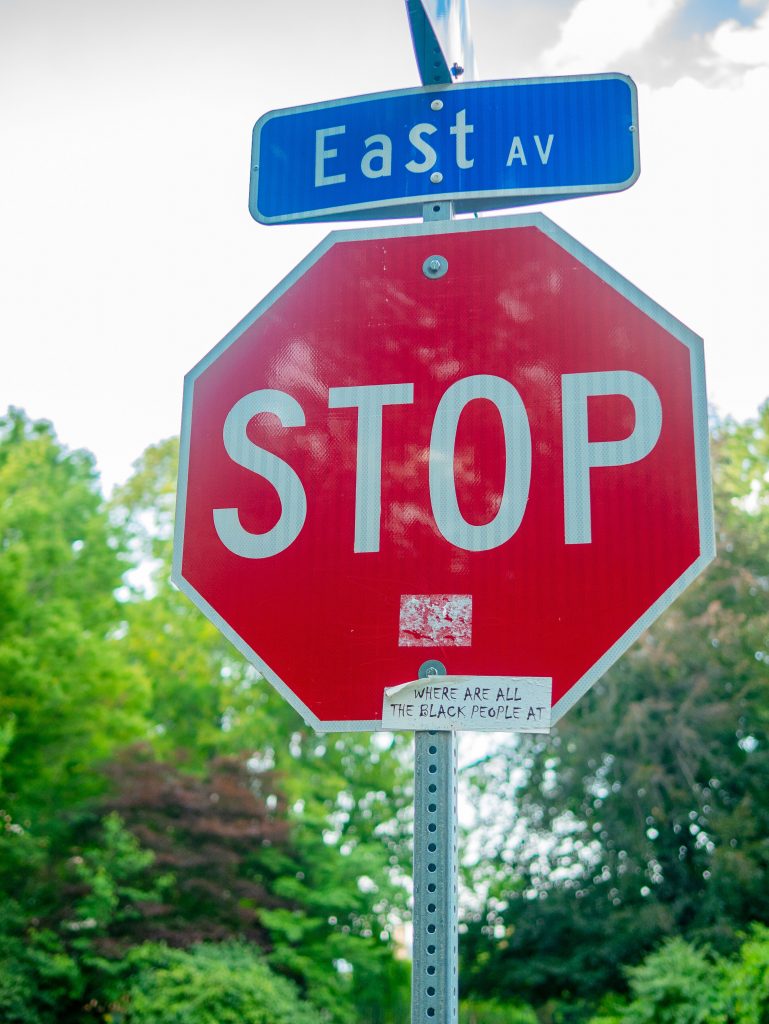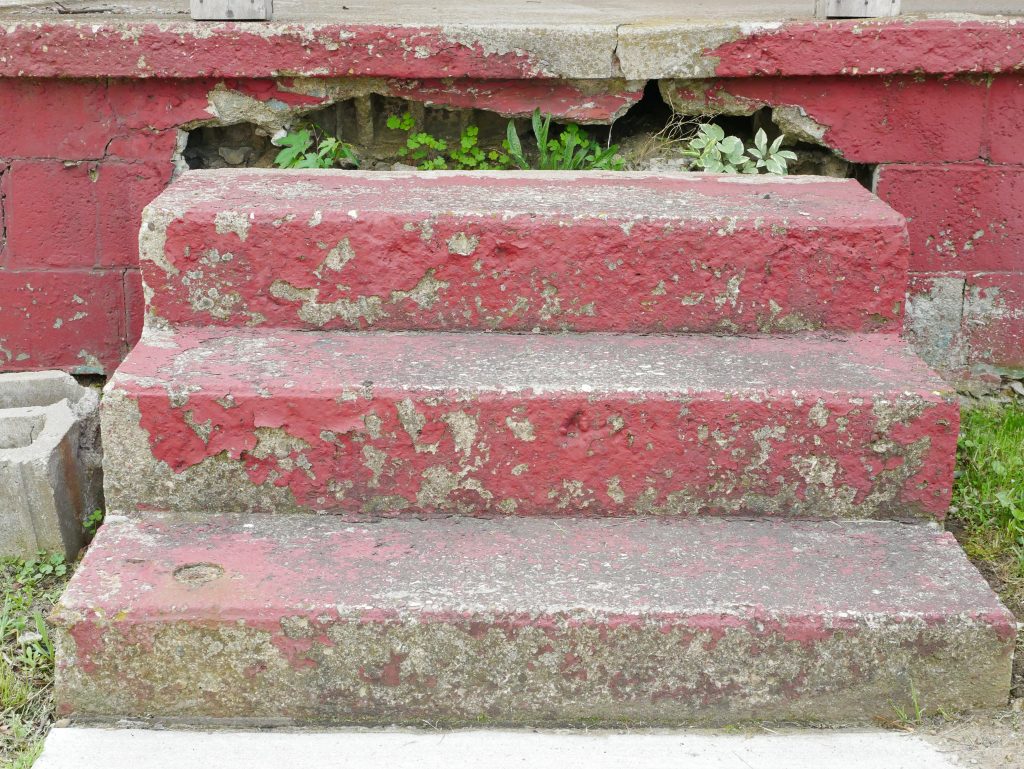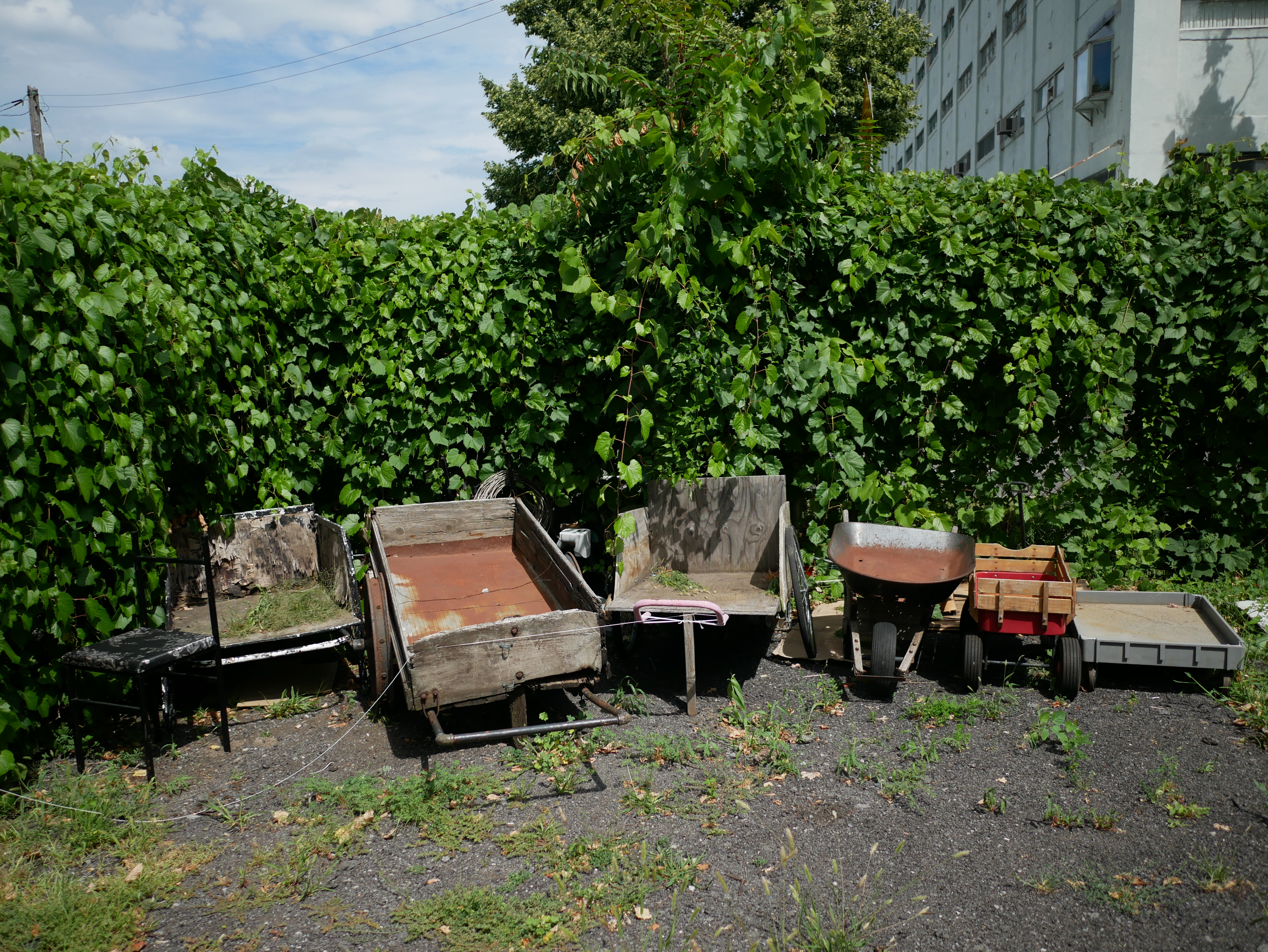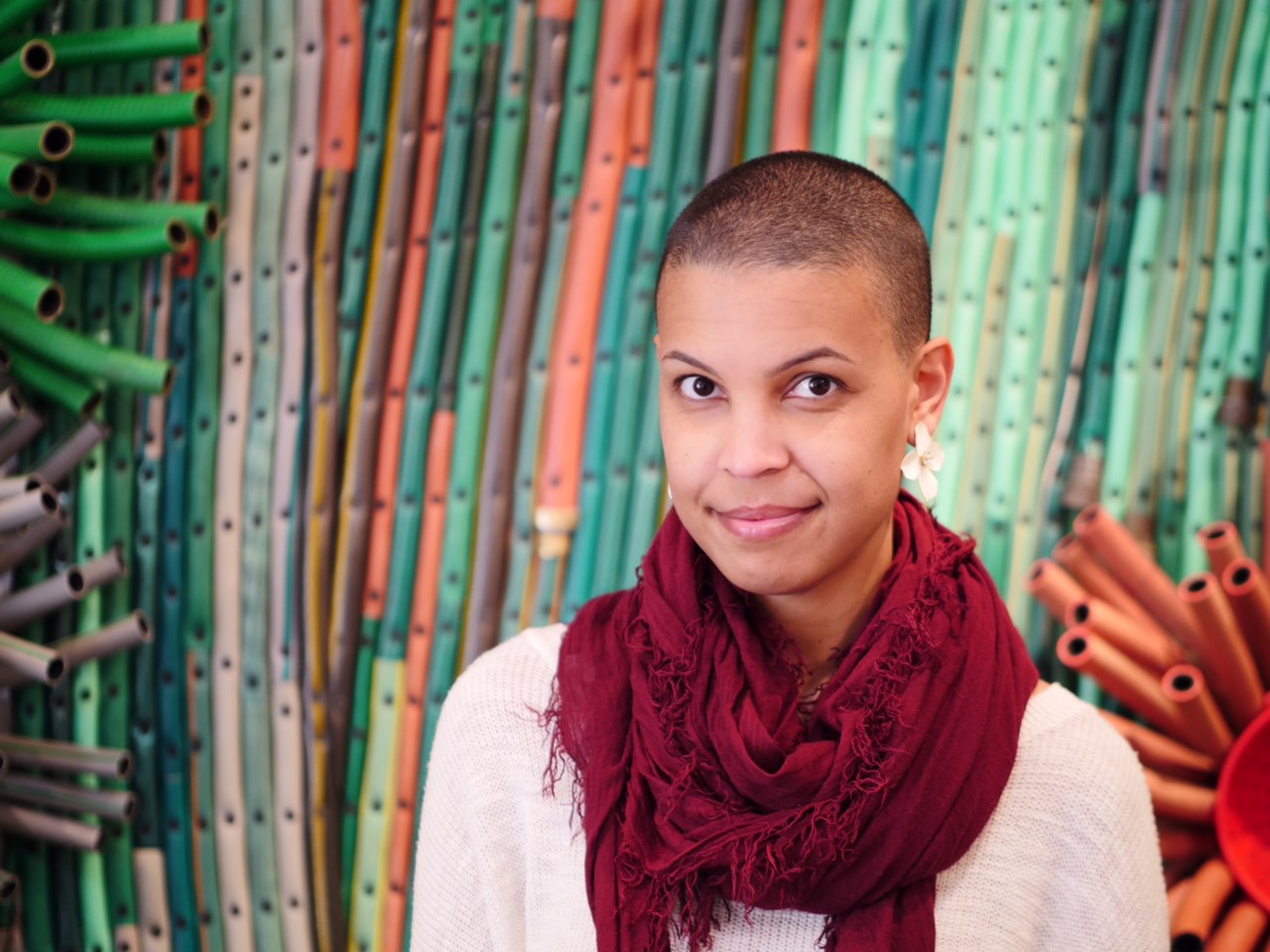volume four of the fertile ground zine (noire iv) is hot off the presses!
what kind of a place is rochester, new york?

a mid-size postindustrial city on the southern shore of lake ontario, rochester occupies the lands of the seneca (onöndowa’ga:’) nation of the haudenosaunee confederacy.*
according to 2018 u.s. census estimates, the city is 40.7% black, 36.8% white (non-hispanic/latinx), 17.8% hispanic/latinx, 3.3% asian, and 1% american indian or alaska native. 4.5% of the population identifies as mixed race. (this, of course, is a very simple depiction of a very complicated reality).
this dramatic change in ethnoracial makeup is a result of hundreds of years of colonization, dispossession, im/migration, and urban transformation.

categorized as “hyper-segregated” by sociologists, rochester is tied with birmingham, alabama as the eighth most racially segregated city in the united states.

this segregation has produced egregious disparities in socioeconomic status, education, health, and life chances.
how do people cultivate lives in a place so divided? what other rochesters exist within and beyond this frame of inequality?

fertile ground is an anthropology of placemaking in rochester, new york that examines everyday urban life to explore how historically marginalized folks build physical spaces of community, intimacy, and healing within the context of enduring racial hypersegregation, as a way of learning, being, and practicing together to envision and enact a more just future.

as a cultural anthropologist, i examine rochester’s entangled raced, classed, and gendered geographies through several related questions:
how do histories of formal and informal segregation reverberate today?
what specific kinds of spaces arise in the midst of this segregation and its effects?
how are these practices of placemaking reshaping the city?
how is “community’ being articulated and imagined in relation to these spaces and the city as a whole?
fertile ground sprouts from three existing intellectual traditions: (1) theories of space and place, (2) urban ethnography and history, and (3) feminist and black geographies. the project utilizes observant participation, interviews, mapping, and photography to capture the many ways people are creating and sustaining lifeworlds in a city sometimes described as “dying,” and where certain racialized spaces in particular have been problematically termed “fatal.” (for a more detailed discussion of the research approach, see “learn more” in the menu above).

there is fertile ground in the flower city. please stay tuned as the project blooms.
* i begin with this acknowledgement as a way of resisting the historic and contemporary erasures wrought by settler colonialism, but with the awareness that land acknowledgements often function simply as “settler moves to innocence” (tuck and yang 2012). any ethnographer working within a context of settler colonialism must grapple with these politics of an anthropology that is always already “noninnocent” (haraway 2016).
fertile ground has been supported by a university research award from the university of rochester provost’s office (2018), an internal faculty fellowship from the university of rochester humanities center (2018), a career enhancement fellowship from the institute for citizens & scholars [formerly the woodrow wilson foundation] (2019), and an early career award from the national science foundation (2021-2026).
all photographs produced by kathryn a. mariner, unless otherwise marked. special thanks to emily sherwood, blair tinker, and miguel a. cardona.




